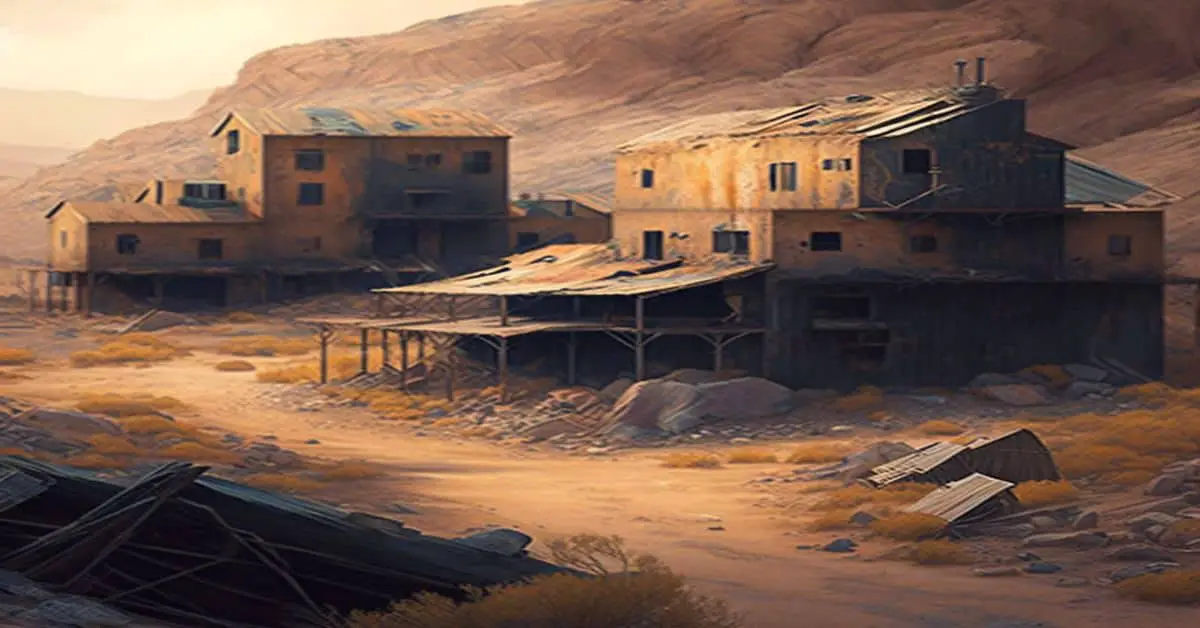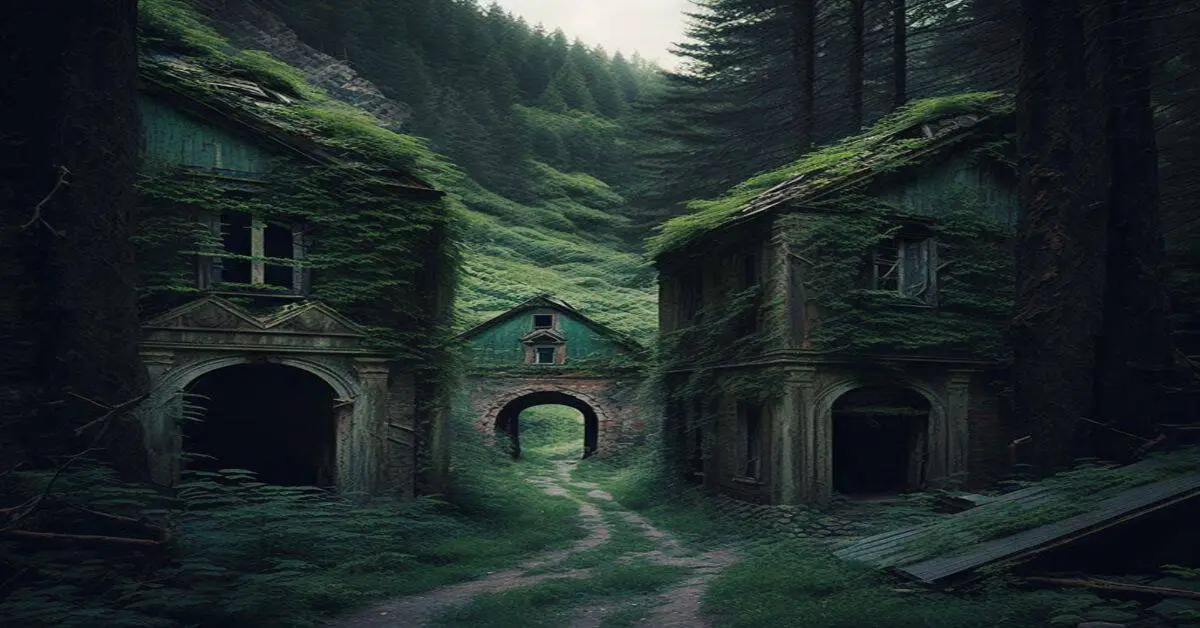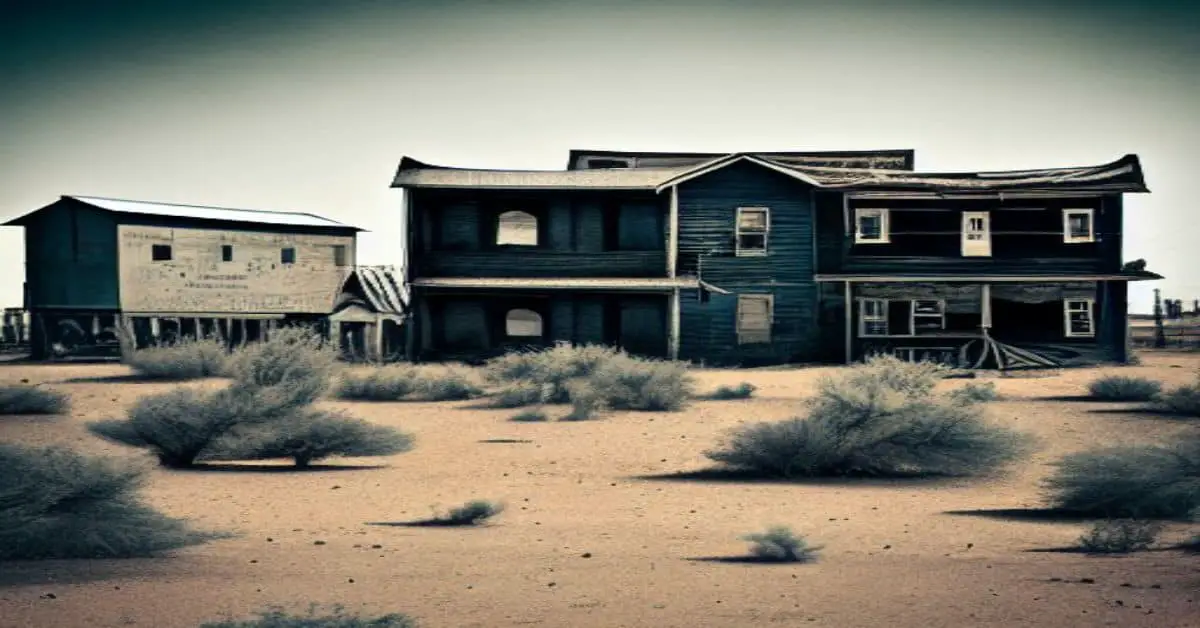Nestled among the rugged peaks of Colorado lies a hidden gem of history and intrigue. A town that sprung up in 1878 and flourished into a bustling community of 600 by the following year. Its name is Rico, meaning ‘rich’ in Spanish, and it is a place that holds within it a wealth of stories and secrets waiting to be discovered.
Rico’s past is mining and industry, with the town extracting Gold, Silver, Lead, Zinc, Copper, Tin, and Uranium from the earth. Despite the difficulties posed by transportation costs, Rico persevered, and today it stands as a testament to the tenacity and resilience of the human spirit.
With old buildings and landmarks still standing, Rico is a must-visit destination for those seeking to explore the rich history of Colorado’s mining towns. Join us as we delve into the fascinating story of Rico and discover the secrets that lay hidden within its walls.
Key Takeaways
- Rico is a historic ghost town established in 1878, known for its mining industry and abundant minerals.
- Despite experiencing booms and busts, Rico persevered and remains a must-visit destination for those interested in exploring the rich history of Colorado’s mining towns.
- Rico’s tourism potential is likely to continue to grow its economy, with opportunities for outdoor activities such as hiking, fishing, and skiing in the nearby San Juan Mountains.
- Efforts have been made to address the environmental impact of mining in the area, and restoration efforts have been made to preserve the town’s original buildings, many of which now serve as museums, shops, and restaurants.
Location and History
Rico, a Colorado ghost town, is located on the highway and has a rich mining history, established in 1878 with a population of 600 by 1879.
The town’s name, ‘rich’ in Spanish, reflects the abundant minerals extracted from the surrounding hills.
Despite the challenges of transporting the ore due to its remote location, Rico thrived when Otto Mears’ railroad reached the town in 1891.
Since then, Rico has never completely died, and continues to mine various minerals.
Over the years, Rico’s population has fluctuated, with the town experiencing both booms and busts.
Today, there is a small gas station and many old buildings left in Rico.
Notable landmarks still in the town include the Rico Post Office and many original buildings from the mining era.
Rico remains a historic town with a rich legacy, attracting visitors interested in exploring the past and learning about the town’s fascinating history.
Mining and Industry
The region of Rico, Colorado has a rich history of mining, with various metals being extracted over time. The town’s mining industry was instrumental in its growth, with the arrival of Otto Mears’ railroad in 1891 leading to increased profits.
However, the mining industry has had significant environmental impacts on the area, with pollution and soil degradation being common problems. Additionally, labor conditions in the mining industry were often poor, with workers enduring long hours and dangerous working conditions.
Despite these challenges, Rico remains a mining center for silver, gold, copper, and lead. While efforts have been made to address the environmental impact of mining in the area, there is still much work to be done.
Furthermore, it is important to acknowledge the historical labor conditions that led to the growth of the mining industry in Rico, and to strive for better working conditions for those involved today.
Current State
Currently, the small community of Rico has a gas station and several historic buildings that still stand. Despite its population decline, Rico has not lost its charm as a historic ghost town. Restoration efforts have been made to preserve the town’s original buildings, with many now converted into museums, shops, and restaurants.
Visitors can walk along the main street and admire the architecture of the old buildings, some of which date back to the late 1800s. The Rico Historical Society also offers guided tours for those who want to learn more about the town’s fascinating history.
Rico’s tourism potential is not to be underestimated. With its rich mining history and well-preserved architecture, the town offers a glimpse into Colorado’s past. Visitors can also enjoy outdoor activities such as hiking, fishing, and skiing in the nearby San Juan Mountains.
As more people discover Rico’s unique charm, the town will likely continue to attract tourists and grow its economy. Despite its small size, Rico has a lot to offer for those who are interested in history and natural beauty.
Frequently Asked Questions
What was the main cause of the population fluctuations in Rico over time?
Population fluctuations in Rico were mainly caused by economic factors related to the mining industry. The town’s remote location and transportation costs made it difficult to extract and transport minerals, leading to boom and bust cycles as profits fluctuated.
Are there any famous landmarks or attractions in Rico?
Rico, a historic mining town in Colorado, has several famous landmarks such as the Rico Historic District, which has many original buildings from the mining days. Additionally, there are mountain biking trails in the area for outdoor enthusiasts.
What was the daily life like for the miners who worked in Rico’s mines?
Difficult working conditions, long hours, and low pay characterized the miner’s lifestyle in Rico. They often worked in dangerous and cramped spaces with minimal safety regulations. Despite these challenges, they persevered and contributed to the town’s mining history.
How has tourism impacted Rico’s economy in recent years?
Tourism has had a significant impact on Rico’s economy, providing new opportunities for businesses and job creation. However, sustainability measures must be implemented to ensure the preservation of the town’s historic character and the well-being of the local community.
What is the current population of Rico and how has it changed over time?
Population trends in Rico have fluctuated over time due to mining booms and busts. The town’s demographic profile shifted as mining jobs attracted immigrants. Current population estimates are unavailable, but Rico remains a popular tourist destination.


